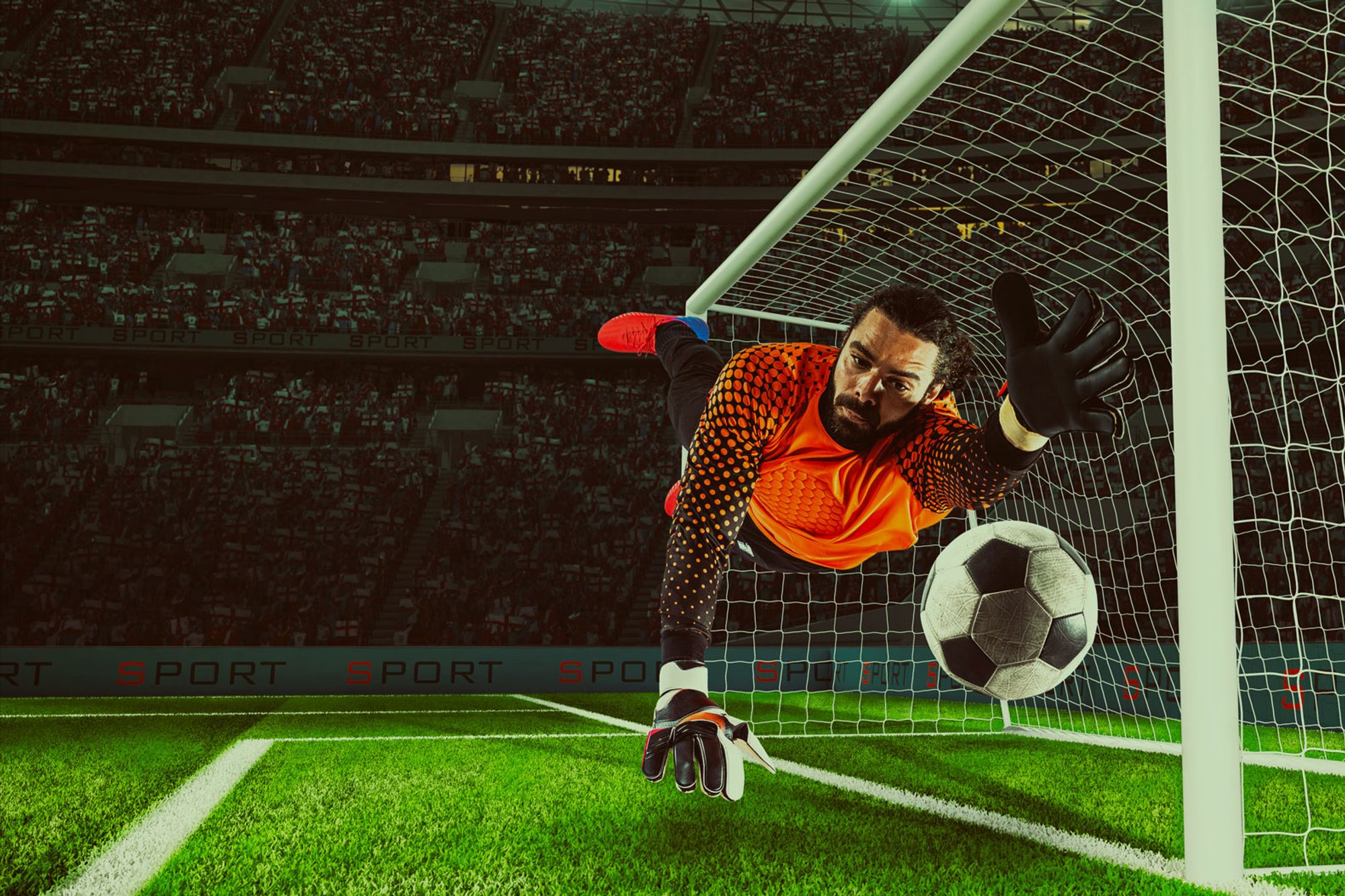
Mastering the art of diving: advanced techniques for goalkeepers
Antoine Roex, Keeper In Motion
In the competitive world of football, every detail counts, especially for goalkeepers. The art of diving is crucial to stopping opponents’ powerful and decisive shots. This article explores the advanced diving optimisation techniques that can turn the average goalkeeper into an almost impenetrable barrier. From improving flexibility to adopting reactive best practice, find out how you can fine-tune your diving technique to improve your performance on the pitch.
Basic diving techniques
To perform an effective dive, goalkeepers need to master the fundamentals of the starting position and take-off. Starting with a solid position, feet firmly planted and body ready to move sideways is essential. When the dive is initiated, a powerful step towards the ball is crucial to generate the strength needed to hit shots from a distance. This powerstep phase is critical in propelling the body through the air, allowing the goalkeeper to reach and control the ball effectively (GoalKeeper Guide).
Perfecting the extension dive
Extension diving requires the goalkeeper to master the technique of extending completely in the air, sometimes using just one hand to parry or catch the ball. To improve this ability, it is advisable to build core strength and flexibility, allowing greater reach and control in the air. Specific exercises to develop the goalkeeper’s horizontal reach can include dynamic stretching and workouts targeting explosiveness and leg power (GoalKeeper Guide).
Landing and safety
After diving, ensuring a safe landing is essential to avoid injury. Keepers should learn to land on their side to minimise the direct impact on joints and muscles. Using the forearm and hands to cushion the landing and rolling slightly to distribute the force of the impact can also help prevent injury. These techniques need to be practised regularly to become instinctive during matches (GoalKeeper Guide).
Drills and practical exercises
Specific diving drills, such as diving from various positions (standing, kneeling, etc.) and simulating match situations, help to improve the goalkeeper’s reflexes and accuracy. Practising diving from the powerstep or on the move helps to simulate realistic match scenarios, enhancing the keeper’s ability to react effectively under pressure. Using different types of ball during these exercises can also help to improve the keeper’s reaction times and decision-making ability in game situations (Ground Glory).
These strategies and tips are designed to help goalkeepers of all levels perfect their diving technique and improve their overall performance on the pitch. By incorporating these practices into their training routine, goalkeepers can develop greater confidence in their abilities and be better prepared for the challenges of real matches.
